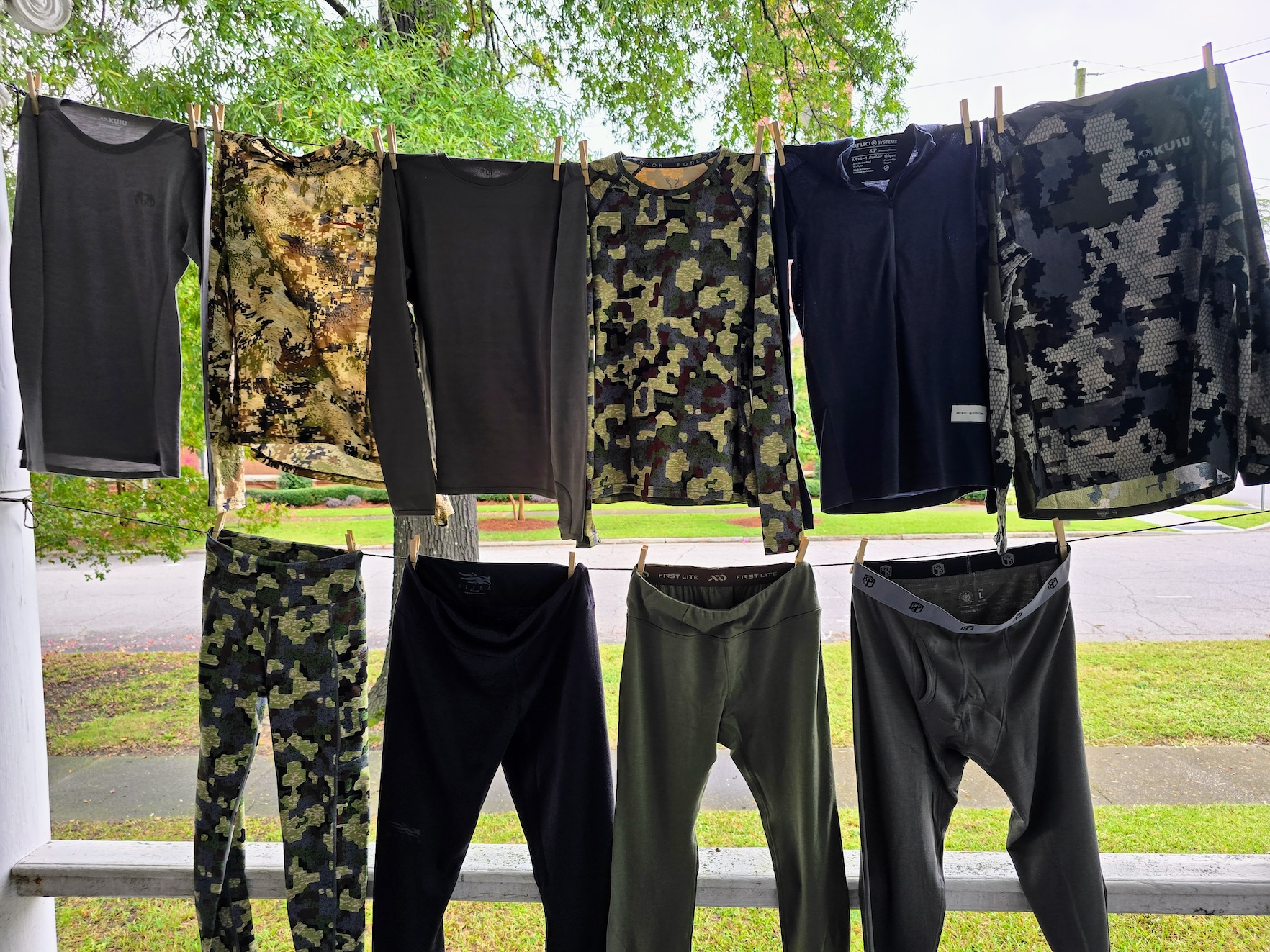How to Turn Every Room into a Panic Room – Part 1: Heating, Cooling, and Air Quality

As much as you may enjoy the convenience of central heating and cooling, they are an absolute nightmare when power and fuel are not available. A few years ago, these might only have been concerns during major catastrophe events such as a hurricane or military invasion. These days, inflation paired with de-dollarization can make it impossible to pay utility bills.
In these days of quasi-crisis, you can use several pure catastrophe survival techniques to cut costs and put yourself in a position where you are independent of centralized resources such as fuel and electricity. The most expensive and critical areas to focus on are heating, cooling, and air quality.

This isn’t a process that you can do overnight. It may take 1 to 5 years before you fully complete the process. I recommend two stages, mainly because you may need to make structural changes to each room. If you live in an apartment, it can be even more complicated because of the terms of your lease and who you pay for your utilities. That being said, if you can jump straight to stage 2, it is to your advantage to do so as quickly as possible.
Stage 1: Decentralizing Heating, Cooling and Air Quality
In the first stage, you will aim to decentralize heating, cooling, and air quality. The objective is to make each room independent of the others. This includes installing doors on each entranceway if they aren’t already there.
Stop Air Leaks From Internal Doors
As part of passive heating and cooling, you will also need to install weather-sealing strips on all internal doors. As strange as that may sound if you are going to live in just 1 room of your home, then you have to cut off air leaks between each room.
When shopping for door and window sealing materials, look for good quality seals that will block out as close to 100% of all airflow as possible. The better the air seal, the better your chance of using each room as a panic room during a gas, air-based bioweapon, or even a nuclear attack. Remember, in the latter case, if you are in the outer bands of the detonation zone, it is dust from the fallout that will do the most damage.
Other Air Leaks in a Room
Even though you can reduce air leaks by around 35% with window and door seals, the remaining 65% of air loss must also be addressed. There are all kinds of materials you can use for lightweight barriers for the walls and ceilings. If you decide to use carpets for the floor, make sure the area between the molding and edge of the carpet is also free of cracks and other places where air may leak through.
The Importance of Air Quality
Events in Syria have shown us that even though gas weapons are not legal, they still exist. Chemical weapons aren’t just held in military stockpiles. They can also be made by terrorists or others with enough money and access to supplies to manufacture them.
Along with chemical weapons, there are wildfires and different kinds of factories that produce toxic gases. Airborne toxins can be released as a result of an accident or an equipment breakdown. No matter how toxic gasses reach the air around your home, it is important to keep them from getting into your living space.
There is also no getting around the fact that COVID-19 was a major hindrance to normal life. Regardless of its lethality or whether it was released accidentally or on purpose, there is no point in ignoring the fact that far more dangerous modified disease organisms may come around.
Now is the time to make sure you can control the air quality in your home to avoid exposure to airborne disease-bearing organisms and toxic gasses. Let’s say you live in an apartment building or in a place where there is a lot of foot traffic in front of your home. A robust air cleaner will help prevent any diseases other people carry from building up in your living area.
Air filter units should have 3 parts:
- A UV bulb to kill germs. They will also kill off mold, mildew, and other organisms that tend to increase with hotter and more humid weather.
- A HEPA-grade filter to trap dust and other particles.
- An activated carbon pre-filter to eliminate toxic gasses.
When combined with effective air leak controls, you can use any room as a panic room from an air quality perspective even as you benefit from temperature and cost-cutting advantages.
Air Venting Considerations
If you are successful in preventing all air leaks, you will still need to get rid of carbon dioxide and pull in oxygen. Regardless of whether you choose to partially open a window, or leave one pane without glass, the opening will still need a viable filter on it. You can use a HEPA filter with a fan on it to pull air in, and then another fan to push air out from another access point.
Decentralized Heating and Cooling Devices
Aside from addressing air leaks, you will also need to focus on devices that cover just one room. Choose devices that you can swap out or fix on your own. In this case, I recommend window-based air conditioners, electric space heaters, dehumidifiers, box fans, and HEPA air filters with a UV light.
If you are inclined to DIY projects, you can combine the latter 3 into one unit. Having done it both ways, I can say there are advantages to each method. Perhaps most importantly, a DIY fan-based system has a wider air particle capture area. You can also customize each filter arrangement to suit your needs. On the other side of the equation, pre-designed units are quieter and take up less space.
Once you have control of each room, you can turn the devices on and off as needed, or change the settings to meet your temperature and humidity needs. As utility bills continue to skyrocket, you may find that being able to control each room can save you a good bit of money, or at least keep your bills to the current level.
As a case in point, we were able to cut our power usage by 20% during the summer months using this method. Even though the power cost is higher, we still pay less for electricity than we did when our cooling system was centralized. If we have to, we can go down to just 1 room, and pick any room that suits us in the bargain.
Stage 2: Portable and Battery Powered Appliances
In Stage 1, your focus was on reducing power consumption and making each room independent from others in the home. Now, you will focus on further reducing reliance on centralized power and eliminating it altogether. Over the years, I’ve given a lot of thought to battery systems that can power an entire home, as well as large-scale generators. I’m still not in favor of them.
Rather, I continue to recommend small-scale devices that use smaller batteries that can be charged up with smaller power generation devices. This could be anything from a pre-built solar panel unit to a DIY windmill array.
There are several battery systems these days that can power 110v devices such as 5000 BTU air conditioners, dehumidifiers, and refrigerators. You would need one system for each room as well as enough batteries to cover recharging via solar or other methods.
The other option is to reduce power usage with devices that require less power. This might include battery-powered electric blankets and DIY swamp coolers. Consider a swamp cooler that makes use of reusable freezer packs that take the place of dry ice. They will provide about the same amount of cooling without adding more moisture to the air.


When paired with something like a 5v computer cooling fan, you can even charge these devices with the USB outlet on a crank radio. The end result is a system that you can easily scale for routine life and convenience as well as one that will serve you in any emergency. At the same time, you will be able to cut your reliance on centralized power in areas that tend to be the hardest to manage because of the amount of power required.
Long-range prepping goals can often be difficult and expensive to achieve. This is especially true of managing heating and cooling. Turning each room in your home into an independent room can help you go a long way to ending reliance on expensive centralized utilities. At the same time, when each room is environmentally capable of supporting panic room activities, you will be well on your way to further integrating a prepper lifestyle with daily activities. This way, when a crisis does occur, you will have to deal with a minimum number of adjustments and be able to focus on other activities.
Read the full article here







